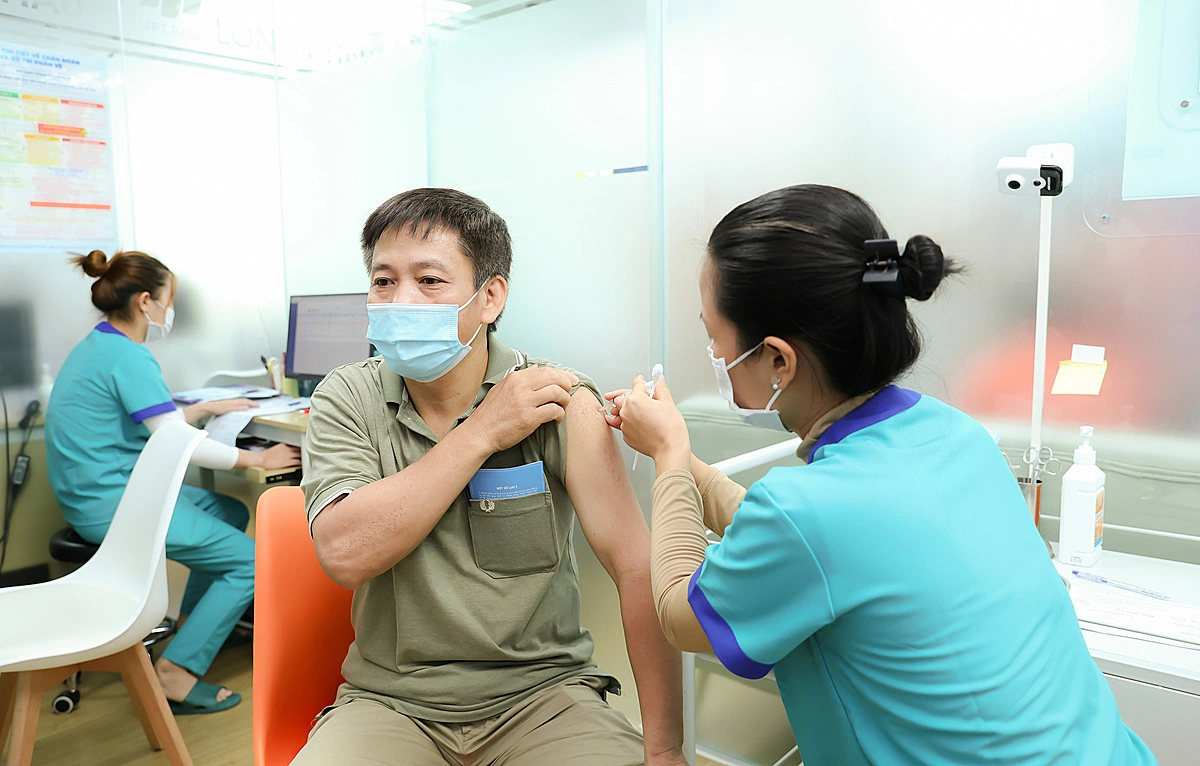The Ho Chi Minh City Department of Health has issued a directive urging health facilities to require people to follow preventive measures, including wearing face masks inside healthcare facilities, to curb the spread of seasonal flu, which is currently on the rise in northern Vietnam and several other countries.
Issued on Sunday, the directive comes amid an increase in seasonal flu cases in northern Vietnamese provinces, alongside flu surges in countries such as the U.S., Japan, and South Korea.
Since the beginning of 2025, Vietnam has recorded 912 influenza cases, primarily involving the A/H1N1, A/H3N2, and B strains, with no signs of increased virulence and no fatalities, according to the Department of Preventive Medicine under the Ministry of Health.
Compared to the same period last year, the epidemic has shown a declining trend.
However, major hospitals in Hanoi have reported a rise in severe influenza cases, particularly among patients with underlying health conditions.
The National Hospital for Tropical Diseases is currently treating eight influenza patients, one of whom requires extracorporeal membrane oxygenation intervention, while several other severe flu cases were reported at the National Children's Hospital.
Recently, Hanoi Medical University Hospital has recorded a rapid increase in seasonal flu cases.
On average, the hospital receives about ten patients per week diagnosed with influenza A, confirmed by testing.
The number of flu patients in January 2025 was six times higher than in December 2024, according to the Vietnam Government Portal.
Ho Chi Minh City's health authorities are closely monitoring the situation at medical institutions and have implemented proactive measures to prevent and control the flu's spread.
Healthcare facilities have been instructed to reinforce the mask mandate for patients, visitors, and staff to minimize transmission risks.
According to the city's infectious disease surveillance system, approximately 2,900 clinically diagnosed flu cases were recorded in 2024, including 11 severe cases, with no reported mortalities.
Currently, the southern metropolis has 20 flu in-patients. Although there are no unusual patterns in hospital admissions, health authorities emphasize that vigilance remains crucial.
Medical facilities are required to implement strict disease prevention measures, especially given the cold weather conditions that favor respiratory infections.
Additionally, emergency disease reporting protocols must be rigorously followed, and efforts to prevent the transmission of avian influenza to humans have been intensified.
The city's Department of Health has directed the local Center for Disease Control to collaborate with district health centers and hospitals to monitor flu cases, including suspected severe viral pneumonia.
Non-public healthcare facilities must report flu or suspected viral pneumonia cases to local health stations and district health centers to ensure timely disease prevention measures.
According to the U.S. Centers for Disease Control and Prevention (CDC), flu outbreaks have reached high or very high levels in at least 40 U.S. states.
The CDC warns that individuals aged 65 and older, those with chronic illnesses, pregnant women, and young children under five are at higher risk of severe flu complications.
Meanwhile, Japan and South Korea are experiencing concurrent outbreaks of influenza, norovirus (which causes vomiting and diarrhea), COVID-19, and respiratory syncytial virus infections.
Vietnam's Ministry of Health emphasizes that seasonal flu symptoms can be difficult to distinguish from other respiratory diseases, making timely medical consultation essential.
The public is advised against self-testing or purchasing medications without a doctor’s guidance.
Instead, individuals experiencing flu symptoms such as fever, cough, runny nose, headache, and fatigue should seek medical evaluation at health facilities.
To curb the spread of respiratory illnesses, the ministry advises people to cover their mouth and nose when coughing or sneezing using a tissue, cloth, or sleeve; wear a face mask when going out, especially in crowded places; get vaccinated against the flu; and regularly wash their hands with soap and clean water.
The World Health Organization estimates that each year, there are approximately one billion cases of seasonal flu, including three to five million severe cases and 290,000 to 650,000 deaths.
In some countries, flu cases tend to rise during colder seasons.
For example, Japan typically experiences an surge in flu cases in the fourth quarter of each year, with a record-high number of infections reported at the end of 2024 and the beginning of 2025.
In Vietnam, however, the flu occurs all year round.
Like us on Facebook or follow us on X to get the latest news about Vietnam!



















































